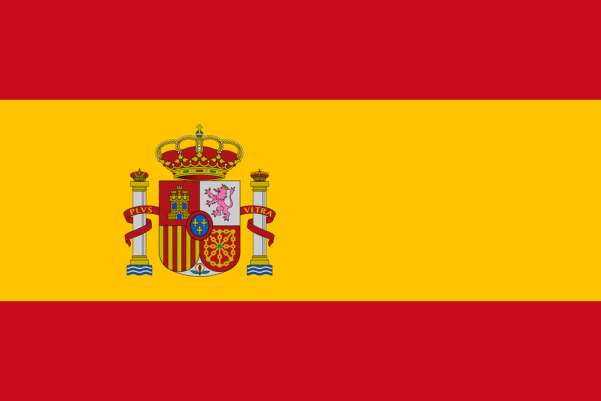Made with Seabass, one of the tastiest fishes in Brazil, Moqueca is a delicious dish and very popular in the North East of Brazil
Brazilian cuisine is defined by its distinct flavours and aromas. From north to south, each region of Brazil has its local preferences, some with more emphasis on meat, others on chicken and fish. In the case of tropical Bahia, the main dishes are Moqueca, vatapá and the famous acarajé (see glossary).
Now, we will start with the recipe for a moqueca made with a typically common fish and coconut milk, with the option of using dendê oil, and served with pirão and white rice. So, let’s get cooking?
Small glossary
Moqueca – fish stew / made with various types of seafood, coconut milk, tomatoes, onions, garlic and sometimes palm oil (dendê)
Vatapá – Delicacy made with a base of bread or flour and can include fish
Acarajé – Patties made from ground and seasoned peeled beans, then deep-fried in palm oil (dendê)
Dendê – The fruit of the Dendezeiro (species of palm tree native to Africa, but since introduced to Brazil)
Leite de coco – Type of milk made by crushing and filtering coconut
Pirão – Type of seasoned vegetable or meat casserole, made with seasoned cassava flour
Polenta (or Angu) – Made with corn flour, with a creamy consistency
First of all, buy either seabass or shark from the local street market or fishmongers.
Tip: Better to opt for sea bass hen making Moqueca as shark can turn tough if you mistime things in the kitchen
You will also need tomatoes, palm oil, onions, lemon, chilli, black pepper, coriander and coconut milk. Check out the amounts of each in the box. This recipe serves up to four people, depending on each person’s appetite.
Sea bass
It is a very tasty, carnivorous fish of 12 different species, five of which are found in Brazil. The striped bass is interesting in as much as that although originally from the sea – it remains a standard fish for sporting competitions – they have been already studying to breed the fish in tanks, and since 2011, even using freshwater. Readily available across Brazil, the striped bass has many different names depending on the region of the country: robalo-flecha , robalão (both in the south and southeast); furão (northern Rio de Janeiro and southern Bahia); flecha (Bahia); and camorim or camuri (the rest of the northeast, north and midwest).
Ingredients
- 1kg of seabass or shark cut into thick pieces
- Juice of 1 lemon
- Pinch of Salt
- 2 tablespoons of dendê oil
- Black pepper
- 4 medium tomatoes
- 1 medium onion
- 1 medium green pepper
- 1 medium red pepper
- ¼ cup of chopped cilantro
- 2 cups of coconut milk
Preparation
Season the fish with salt, olive oil, black pepper and lemon juice. Set aside and leave to marinate for 30 minutes in the refrigerator.
Chop the tomatoes, preferably removing the seeds. Cut the sliced onions and peppers, having removed the paler parts and all the seeds.
In a pan, preferably earthenware pan, but if you don’t have one it can be Teflon. Pour in the dendê oil and begin to alternate layers of fish with layers of tomatoes, onions, peppers. Finally, cover with slices of onion and peppers, and sprinkle on the chopped cilantro. Cook for a few minutes until it boils. Pour in the coconut milk and leave on the heat for a further 25 minutes, until the fish is cooked through. Your stew is ready!
Whilst the stew is cooking, prepare the white rice. I, personally, prefer to lightly sauté the rice with garlic, instead of onions.
For the pirão, liquefy two cloves of garlic, 1 onion, 1 tomato, ½ red pepper and a teaspoon of chopped cilantro. Then, heat a pan with two tablespoons of dendê oil, pour in the liquid mixture and sauté, adding ½ teaspoon of annatto or spice – if you are unable to find one of these, you can skip this. They are more to give colour to the pirão, rather than flavour.
Next, add a little shredded fish from the stew to the pan. Add ½ cup of cassava flour and mix well to a thick consistency (like cooked polenta).
Done! Serve the moqueca with rice and pirão. I love things spicy, so I always add an extra dash of chilli powder or sauce to the moqueca, once on the plate.
Now if you’re thinking what the ideal dessert would be, I suggest a sorbet. Fish demands a dessert and sorbet is always light. The flavour is up to you.
I hope you enjoyed this recipe and it goes down well!
Read more about Brazilian lifestyle, travel, tourism and Brazilian and Latin American culture at BBMag the only London-based trilingual publication.
You can also find Brazilian and Latin American service suppliers and classifieds in London, and internationally, by visiting BBMAG Business Directory.
For more information about Brazil, travelling to Brazil, Holidays in Brazil and Brazilian tourism please also visit VBRATA Visit Brazil Travel Association.

















